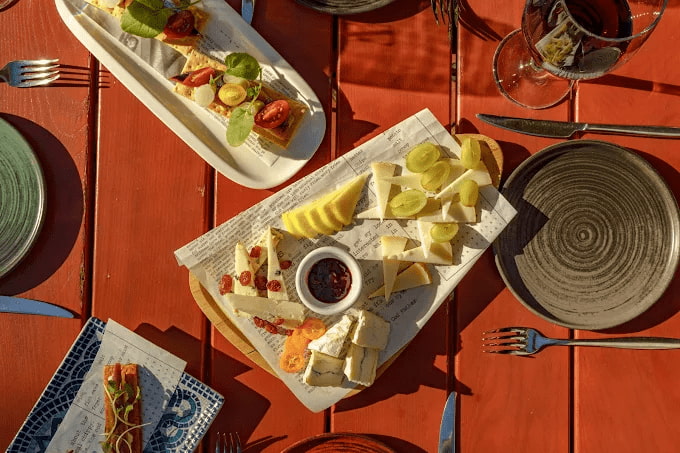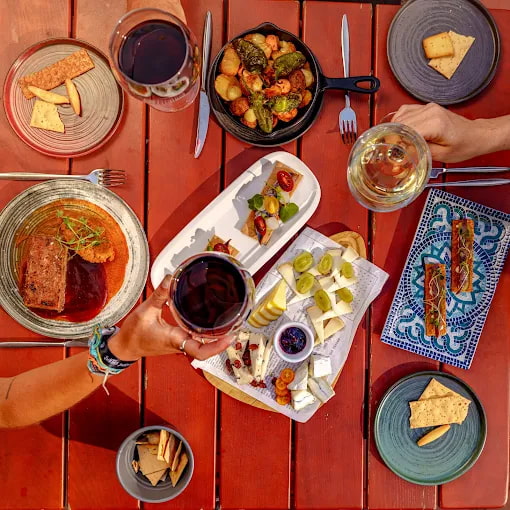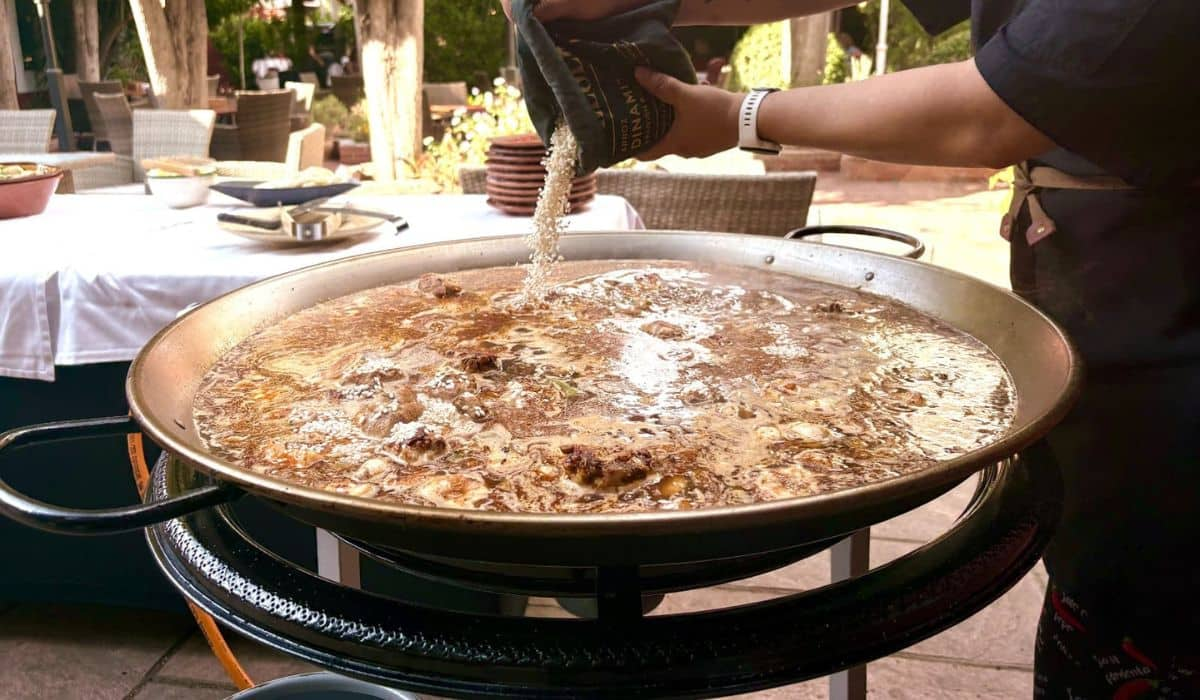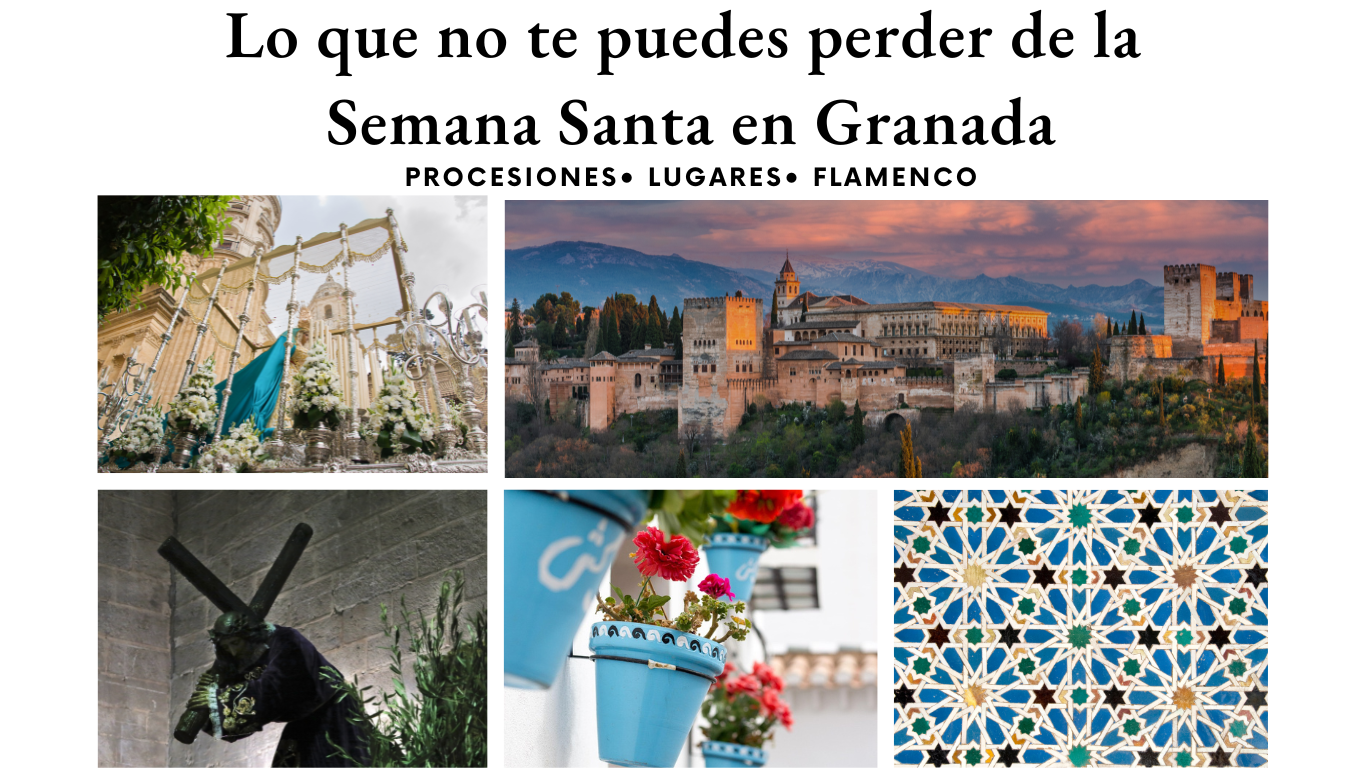The manila shawl is one of the most famous symbols of the beautiful art of flamenco.If you have had the pleasure of seeing a dancer live, you will have appreciated how this garment adorns the dance with its beauty, its bangs and its perfect fall that provides perfect flights.
But what exactly is the manila shawl? What is its origin? How did you become a key player in Flamenco? From Jardines de Zoraya we clarify all these doubts and some more, let’s see:
What is a manila shawl?
The manila shawl is a square canvas that is generally made of silk and decorated with beautiful embroidery in bright colors, usually depicting birds, flowers or in bright colors, usually depicting birds, flowers or fantasy motifs.
In order to embellish it even more, the edges of the garment are adorned with elegant bangs, which provide the drape and give the garment flight in the various movements performed by the dancers.
On the other hand, we must bear in mind that, Although the manila shawl is usually associated with the world of Flamenco, this garment is not exclusive to this genre.We can also see it in Andalusian women (in and out of flamenco) and in the manola madrileña, so it is not an exclusive garment of the flamenco dress.
What is the origin of the manila shawl?
I think we all think of Spain when we hear the word manila shawl, however, to the surprise of many, its origin actually dates back to China. The garment was manufactured on the Asian continent and arrived in Spain via the Philippine and Mexican trade routes during the Spanish imperial era (1500 – 1800).
So much so, that the name manila shawl comes precisely from this origin, since Manila is (and was then) the capital of the Philippines.
Also, at that time the manila shawl was considered a garment that denoted high status, as it was usually acquired by upper class Spanish women.
The manila shawl in the flamenco world
Although this garment was considered a sign of status for years, we all know that fashions pass, and so did the manila shawl during the first half of the 19th century.
This was a time when the powerful English textile industry and European fashions dictated the fashion, bringing into vogue more sober and grayish tones in women’s clothing. Due to the new trends, the manila shawl fell into disuse within the Spanish bourgeoisie, becoming part of the usual dress of the lower “social strata”.
By that time, the manila shawl became part of the common wardrobe of the manolas madrileñas and the women of the gypsy castes, the main reason why it became more and more important in flamenco. The main reason why it became more and more important in flamenco.
Also, as time went by, it became an almost essential garment in the wardrobe of female dancers, and an optional but common piece for flamenco singers.
Who uses the manila shawl?
As we have just seen, this piece is usually used by cantaoras, simply as a way to embellish their look, and it is the bailaoras who really make the most of it.
While it is true that the use of the manila shawl in flamenco is almost a “coincidence”, no one doubts that it brings an extra beauty to a dance that already exudes beauty.
The main reason why dancers wear this beautiful garment is because, when worn well, it becomes an extension of the dancer’s movements, used well, it becomes an extension of the dancer’s movements, achieving wider, more harmonious and delicate movements, in part, thanks to the fringesIt is a very beautiful garment, achieving wider, more harmonious and delicate movements, in part, thanks to the bangs that create very beautiful effects on the stage.
The key movements of the manila shawl
The way to place the shawl during the dance depends on many factors, such as the palo that is being played or the effect you want to create with each dance step.
However, the most common ways of using it are glued to the arms, so that it accompanies the dancer’s braceo, waving it both in front and behind the body, or even imitating the movement of the cape in bullfighting. The most common ways to use it, however, are to use it attached to the arms, so that it accompanies the dancer’s swing, waving it both in front and behind the body, or even imitating the movement of the cape in bullfighting.
Of course, there are many more movements that you can discover in the flamenco shows that we perform every night at Jardines de Zoraya.
Characteristics of the manila shawl
For a manila shawl to be suitable for flamenco dancing, it must meet the following characteristics:
- Handmade embroidered and made in silk.The uniqueness lies in its beauty.
- Its dimensions are 145 cm, with 21 cm of trellis and 30 cm of fringe..
- It must be heavy enough so that it does not wrinkle during the dance.. We can find manila shawls of up to 2 kg in weight.
Now that you know what a manila shawl is and what is its historyyou just have to see it live in the hands of our contemporary artists. In Jardines de Zoraya we are waiting for you every night with the best Flamenco shows in Granada. Come and meet us and be surprised.









